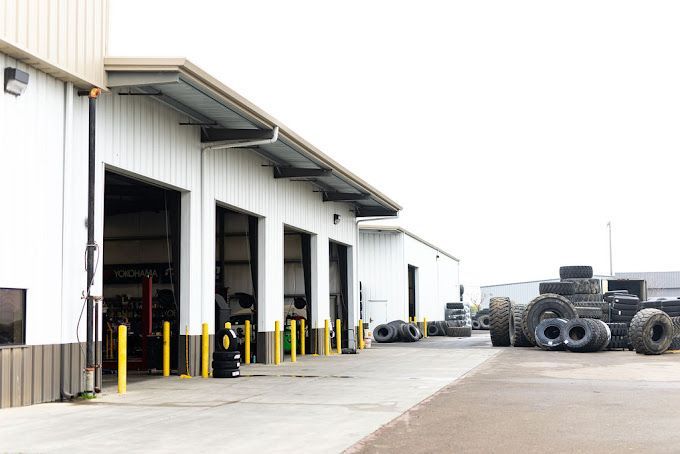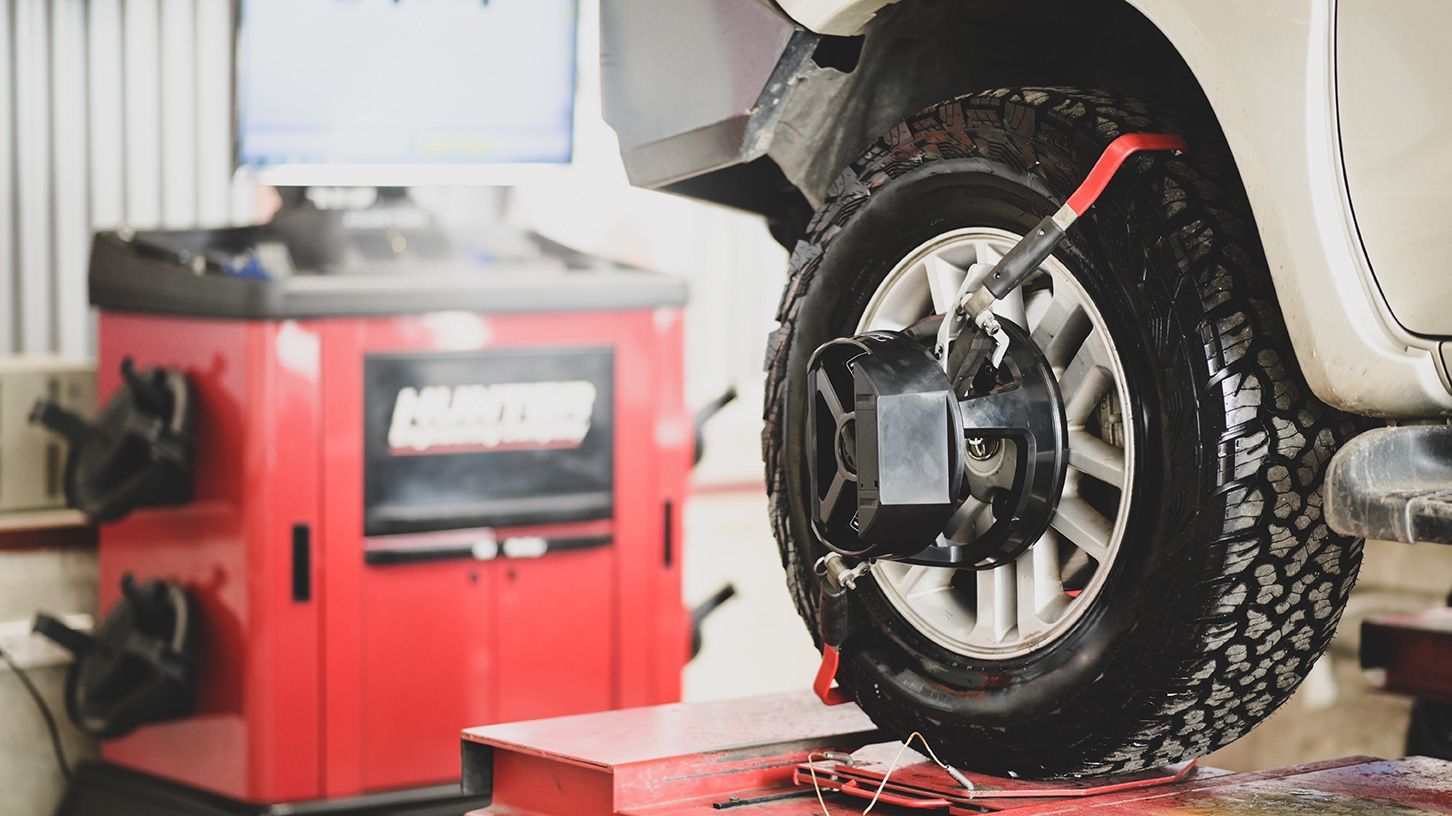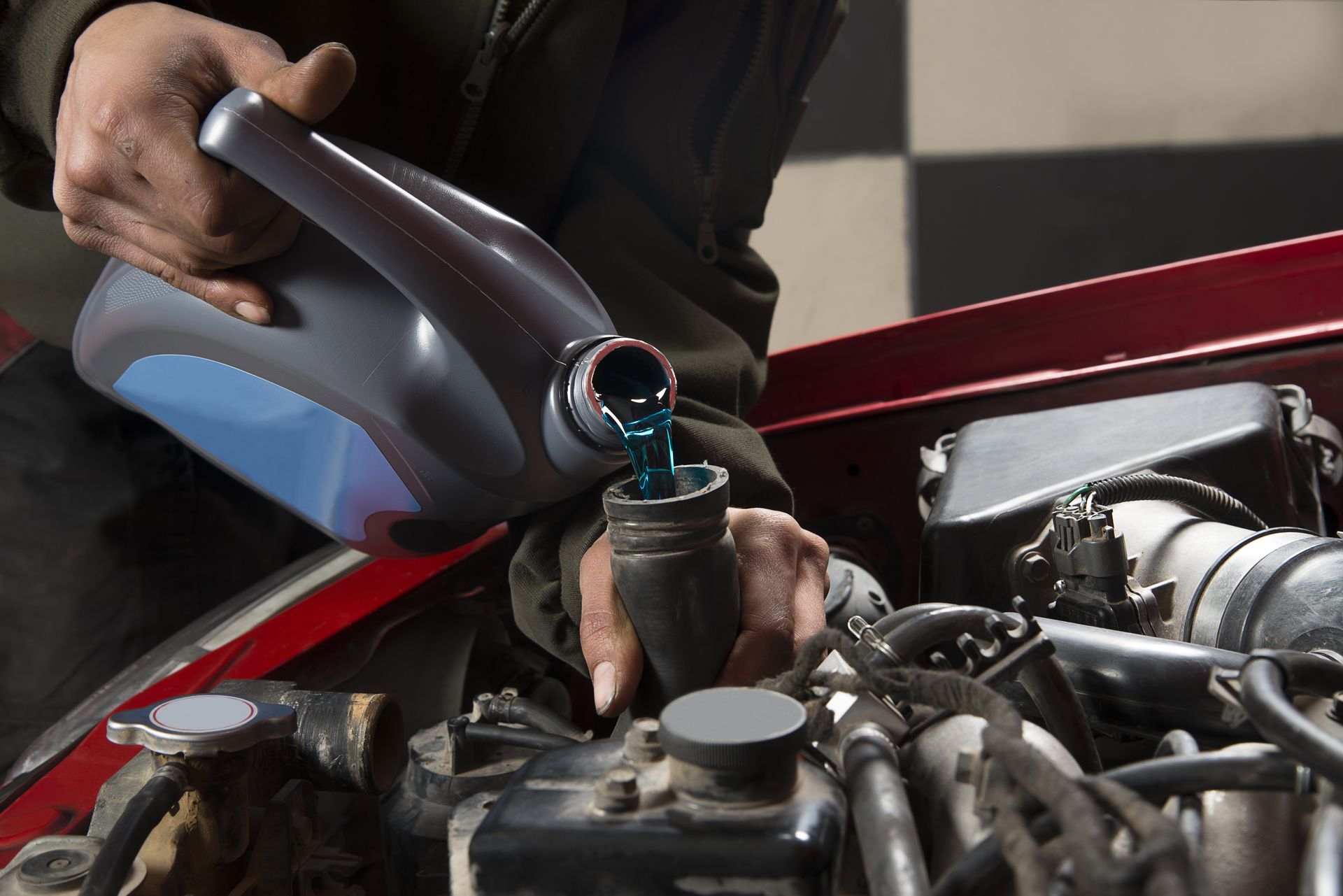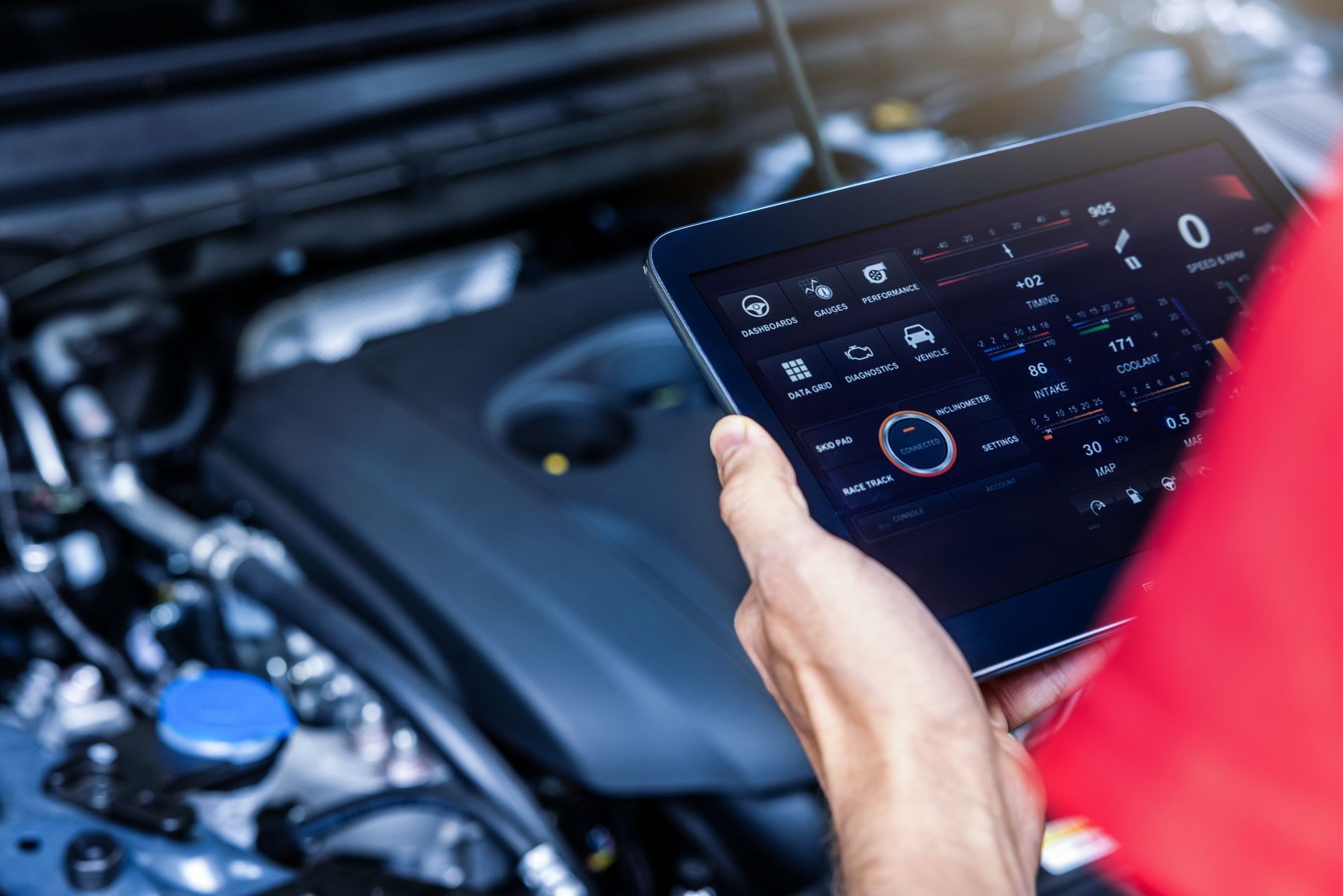What to Do if You Have a Flat Tire
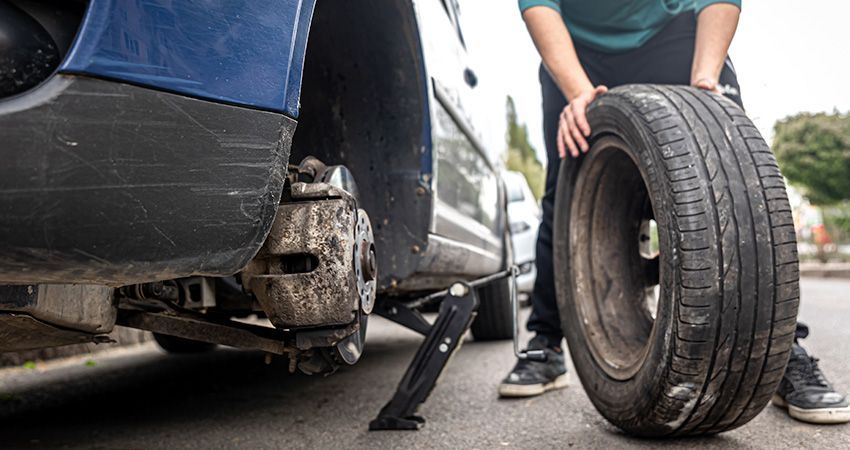
What to Do if You Have a Flat Tire
Getting a flat tire — whenever it is — is always a huge inconvenience. You were going about your day and suddenly “boom!” You pull over to check the damage and notice your tire is flat. Now what? One thing you should not do when you get a flat tire is to continue driving. Without a proper tire, you can seriously damage your wheel, which will cause the need for a tire replacement. A flat tire is caused by either a puncture, tire failure, damage to the valve system, excessive wear and tear, separation of tire and rim, or a blowout due to the tire’s over- or under-inflation. Changing a flat tire will be easier if you are preparing for the inevitable. Flat Tire Repair
Many people don’t know how to change a flat tire and don’t even think about the situation until their stranded on the side of the road. We no longer need to wait on the side of the road and hope someone will stop to help. Technology has offered us plenty of assistance to help us feel less frustrated. From tutorials and videos online to roadside assistance services, you can safely have your flat tire repaired and be back on your way.
Tell-Tale Signs That Your Tire Is Flat
• Difficulty accelerating
• A dragging feeling on the affected side of the car
• A popping or leaking sound
• Inaccurate or delayed handling when changing lanes, taking curves, or turning
What to Do About a Flat Tire
The first thing you should do when you get a flat tire is to stop driving and pull over to a safe area away from traffic. Never drive on the flat any further than necessary. You will destroy any chance of repairing the tire and may damage your wheel in the process. Turn on your hazards to warn other motorists of an issue and to allow your vehicle to be visible at night. Then, get out of your car and inspect your tires to figure out which tire is flat, or if more than one tire is affected. Once you have done that, you can either try to change the flat tire with a spare tire if you are capable. You will need a car jack, tire wrench, and of course your spare tire.
A spare tire, unless it is a full-size spare, should not be permanently left on your car. It should only be used to get your vehicle safely to the nearest auto repair shop so that a mechanic can easily fix your flat tire, or if the tire was damaged beyond repair, you’ll need to buy a new tire. If you are unable to change your tire, call an emergency roadside assistance company that provides services 24/7 for drivers who have car troubles in less than ideal times and places.
A flat tire needs to be repaired or replaced as soon as possible. Regular spare tires are not meant to be driven long distances. These tires should be driven on for no more than 70 miles. Prepare for a flat before it happens, and you will be back on the road in no time. Your tires have a finite lifespan, so it's important to properly maintain your tires with regular tire services, inspect your tires for signs of deterioration and the need for new tires, and to adequately take care of a flat tire if it does occur.





